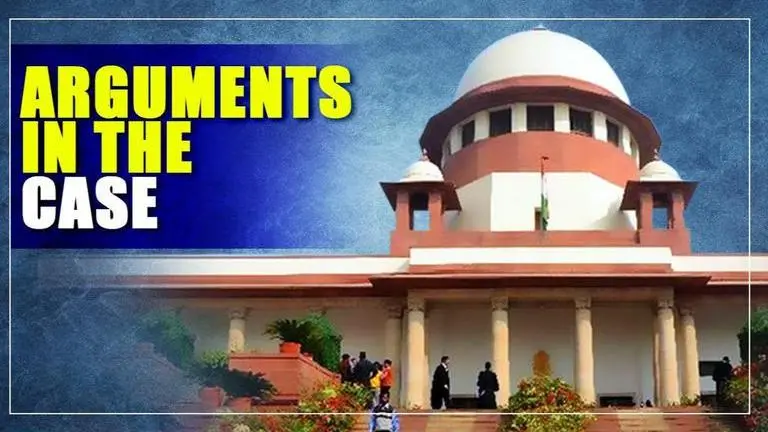Updated 9 November 2019 at 09:55 IST
Ayodhya Verdict: Here are the key arguments put forth in Supreme Court
Ramlalla Virajman, Nirmohi Akhara, & the Sunni Waqf Board, some of the main parties in the Ayodhya land dispute case have put forth multiple arguments in the SC
- India News
- 2 min read

The Supreme Court will deliver its verdict in the Ayodhya land dispute case on Saturday. It is pertinent to note that as many as 50 parties are involved in this matter. Ramlalla Virajman, Nirmohi Akhara, and the Sunni Waqf Board are some of the main parties in the case. All of them put forth multiple arguments in the court.
The arguments of Ramlalla Virajman
The advocates for the Ramlalla Virajman argued that the entire 2.77 acre area was the birthplace of Lord Rama. Maintaining that the Janmasthan had a juridical personality of its own, they stated that the faith of the devotees for millions of years was enough to decide the possession of the land. Moreover, aspects of the Archaeological Survey of India (ASI) report such as the presence of a structure before the mosque dating back to 2nd century BC and the pictures of humans and animals inside the disputed structure were pointed out to the court. It was also contended that the suit filed by the Sunni Waqf Board in 1961 was time-barred.
Advertisement
Nirmohi Akhara claims exclusive right
However, the Nirmohi Akhara took a divergent view on the matter. While it backed the Ramlalla Virajman on the argument of faith, it observed that it had been managing the disputed site since times immemorial. Initially, the Nirmohi Akhara claimed exclusive possession of the property. However, its counsels later clarified that they only desired the right to manage the entire property as a devotee.
Advertisement
Sunni Waqf Board highlights contradictions
On the other hand, the Sunni Waqf Board and the Shia parties differed on key aspects. While the latter offered to relinquish their claim over the property, the Sunni Waqf Board maintained that faith could not determine the title of the property. It also rejected the notion that a mosque could be abandoned. The Sunni Waqf Board not only mentioned that the idols were placed in the central dome of the courtyard in December 1949 but also alleged that the Hindus offered their worship only in the outer courtyard. Furthermore, it highlighted that there were inherent contradictions in the ASI report.
Published By : Digital Desk
Published On: 9 November 2019 at 08:35 IST
